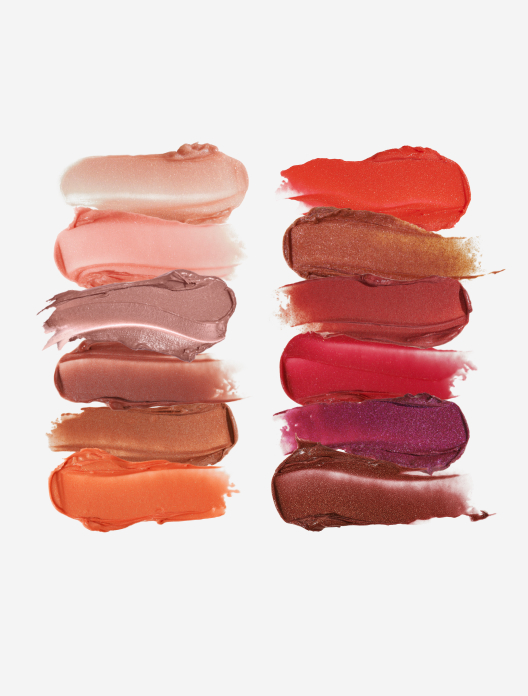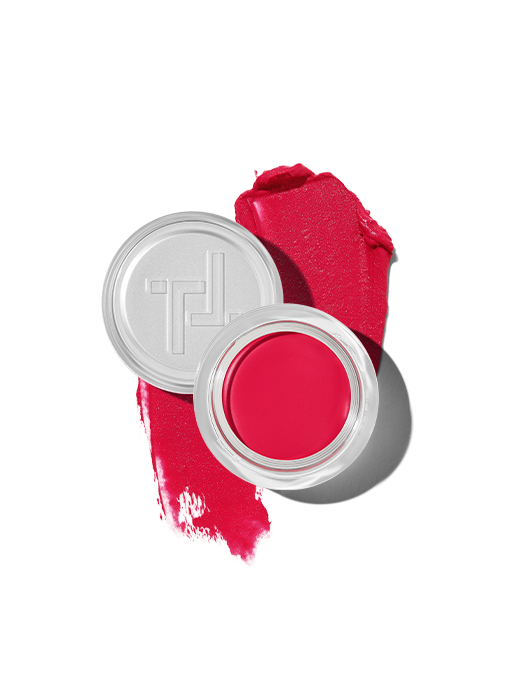
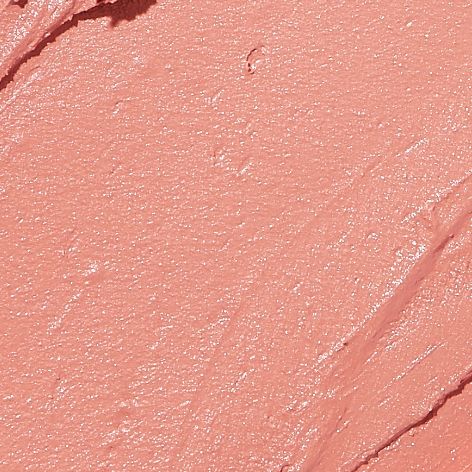
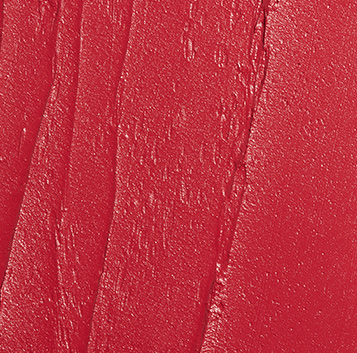
 10 shades
10 shades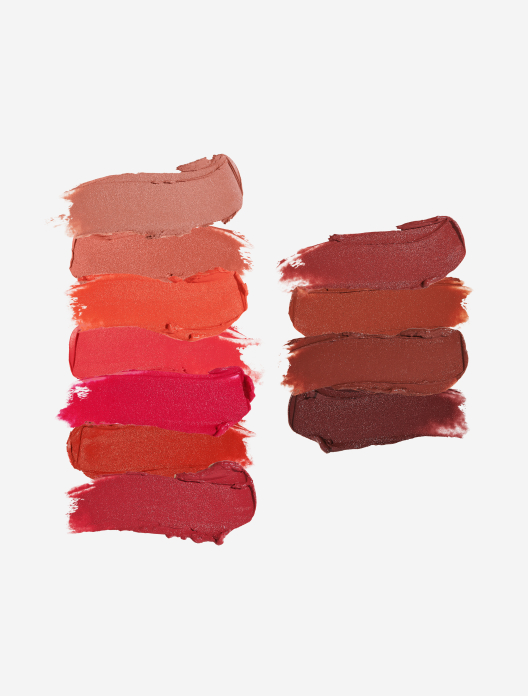

Blusher is a fuss-free way to fake a flush on the skin. Done well, it brings life to your complexion, without looking harsh or obvious. The aim of the game is an “I’ve-just-been-for-a-brisk-walk” kind of vibrancy, not an “I’ve-just-run-a-marathon” all-over crimson finish. There are three key types of blusher (liquid, powder and cream) each with different features and finishes.
Let’s start with liquid. “Liquid blushers are sheer, watery and give a wash of colour,” says Katie Levy, Pro Makeup Artist at Trinny London. “As they’re so sheer, they tend to be very pigmented and more like a stain, so you don’t need a lot of product. They often dry quickly so there’s not a lot of playtime, which means a brush is the best way to quickly blend. Using your fingers can be really messy.”
“The finish of a powder blusher will depend on how pigmented it is,” continues Katie. “It could be matte or have a shimmer to it. As powders are fine in texture, I find that often they disappear into the skin, so you need to keep going back and adding more. You can’t use your fingers with powder blush, so you will need to always use a brush.” Powder textures can also look quite flat and false on the skin. If you think of a time when your skin looked fresh and healthy, chances are it had a glow to it.
“Creams I always say are easiest for blush beginners, as if you make a mistake they’re easy to wipe away,” adds Katie. “Cream blush mimics the natural flush of the skin nicely and can be used with either fingers or a brush. They tend to be very soft and you get more playtime to blend than with a liquid.”
Cream blusher has a number of benefits over powder and liquid. Firstly, it sits nicely on top of the skin, without blending too far in or standing out. Powder has a frustrating tendency to nestle and settle into fine lines, amplifying them, while liquid blushers can cling to areas of dryness. Secondly, cream blush is relatively easy to apply without tools and in a hurry. Liquids are prone to running, and powders require a brush, making cream the front-runner when it comes to speedy application. “Overall cream would always be the winner, you just need to find the right shade and consistency for your skin,” says Katie.
Paint is always best applied to a fresh canvas, and the same approach applies for your makeup. “If your skin is dry and rough then makeup will just absorb and won’t sit nicely on top,” explains Katie. Equally if skin is very oily, then your blusher is more likely to slip and slide out of place. “Prep the skin the night before and in the morning to make sure it’s ready for makeup,” Katie advises. Ideally, it’s best to stick to a consistent skincare routine that addresses any concerns you may have.
Cleansing morning and evening will whisk away any surface grime, and moisturiser will both protect and nourish the skin. Regular exfoliation is a great way to refine the texture of your skin, and can help to reduce the likelihood of blemishes too. A serum is your opportunity to target any specific bugbears with active ingredients. Think vitamin C to brighten, retinoids to firm, hyaluronic acid to hydrate and peptides to plump.
If you’re very confident in your skin, you may want to proceed directly from skincare to blusher. If you’re on the shyer side, add a layer of lightweight serum foundation to even your complexion. Not sure where to apply blush? The best placement will replicate where you naturally flush for a healthy finish.
All three Trinny London blusher formulas offer a slightly different finish.
Lip2Cheek: Lip2Cheek is the most pigmented of the Trinny London blushers. The high octane shades are perfect for adding a pop of colour to all skin tones, and a little goes a long way when it comes to application. The finish is matte, without being flat, for a natural-looking flush that will flatter all skin types. As you might have guessed by the name, they are formulated to be used on both the lips and the cheeks.
Flush Blush: The shades in the Flush Blush range are slightly more subdued than Lip2Cheek, which makes them a great starting point for anyone who’s new to blush or cautious about trying a new shade. They’re nice and easy to build and blend, and won’t streak or fade.
Sheer Shimmer: The sheerest of the trio, Sheer Shimmer gives a dewy wash of colour to both lips and cheeks. It can be worn alone, for a more subtle glow, or layered over Lip2Cheek or Flush Blush to bring extra iridescence.
There are widely considered to be four key skin types (normal, oily, dry and combination) all of which require slightly different considerations from a blusher. “If you’re oily, you want the finish of your cream blusher to be semi-matte as your skin is already providing that natural shine,” says Katie. “If you’re dry, you don’t want lots of powder or liquid, as these can quickly become patchy.” A cream blush with a soft sheen is an easy way to make dry or dehydrated skin look hydrated and radiant. For normal and combination skin, where the skin is relatively balanced on the cheeks, there’s more choice.
For the uninitiated, the concept of blusher can be an intimidating one. For the most part, people tend to shy away from blusher if they have a lot of natural redness in the skin, believing that adding more colour is a bad thing. In fact, the opposite is true, as this flush should naturally be there. By hiding your skin’s natural tones with foundation or a tinted serum, you can flatten your features, and make your complexion look one-dimensional. “I think a lot of people feel that they can’t wear blush because they get spots or redness on their cheeks and so don’t like to add extra colour,” says Katie. “But I always say that blusher will bring life back to your face, as long as you find the right texture and shade for you.”
Of all the blusher textures, cream blush is the easiest to apply. There’s no risk of the colour travelling elsewhere in your complexion, and you don’t need to use a brush unless you want to. “With cream blush, I’d advise dabbing the product on first with your fingers in three dots to give you that guide to work with,” says Katie. “If you go straight in with a brush or try to apply the blush with your fingers in one go then you’re adding a lot of product to the skin. Once the dots of blusher are in place, you can then use a clean finger or a clean brush to wipe any excess and softly blend.” From there, you can build the colour up if you feel you need it.
What looks pretty on one person can look ashy and unnatural on another. That’s why it’s important to take your skin tone, as well as its undertones (warm, cool or neutral) into consideration. Input your skin tone, hair and eye colour into Trinny London’s Match2Me tool for a personalised selection of shades to suit you.
For your makeup to work in synergy in terms of application and appearance, it’s good to stick to one texture throughout. Layering a cream blush over a powder base, or a powder blush over a cream base can cause the layers to pill or combine in a way that looks natural. They haven’t been formulated to use together, and therefore won’t reward you with the best possible finish. Think of it a bit like layering clothes – if you put a lightweight layer over something very textured, you’d be able to see it through the top layer and they wouldn’t sit nicely against each other.
Also, if you have chosen a cream blush for its fresh, glowy texture, then teaming it with a very flat, matte powder bronzer will somewhat dampen the effect. Wearing cream makeup across your look will ensure an overall healthy-looking finish.
Shop the article



 10 shades
10 shades
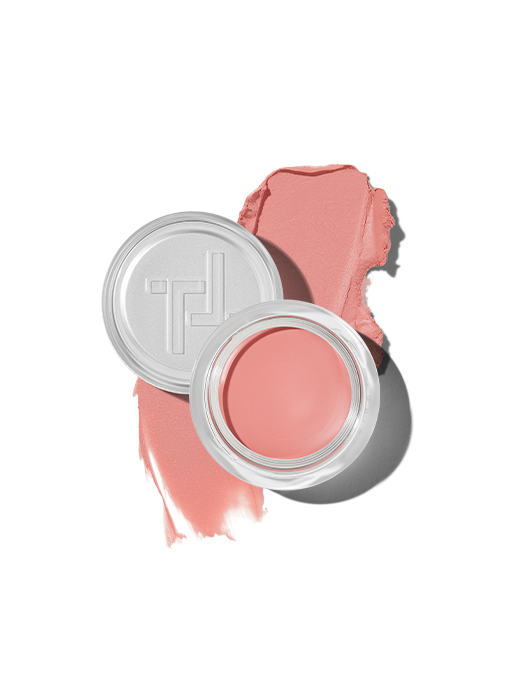

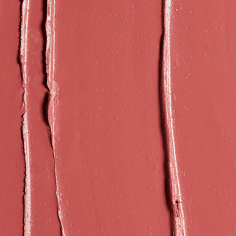
 6 shades
6 shades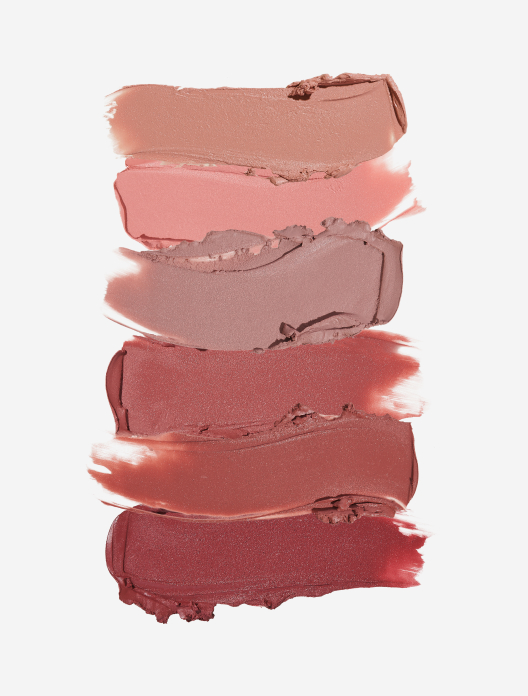
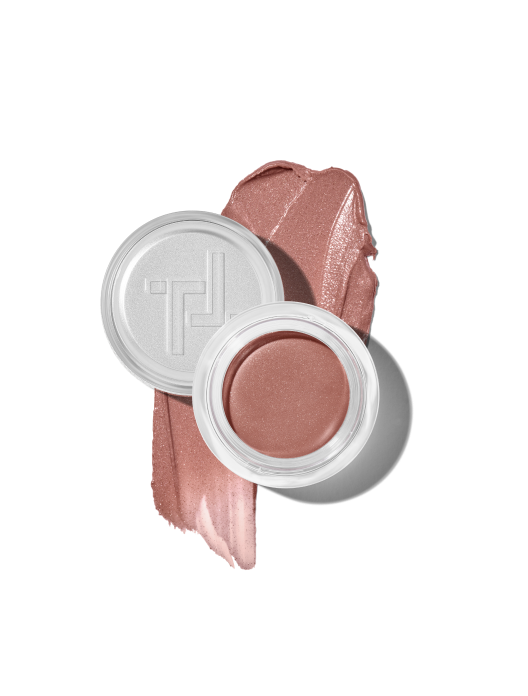
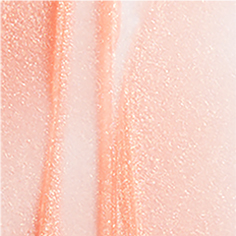

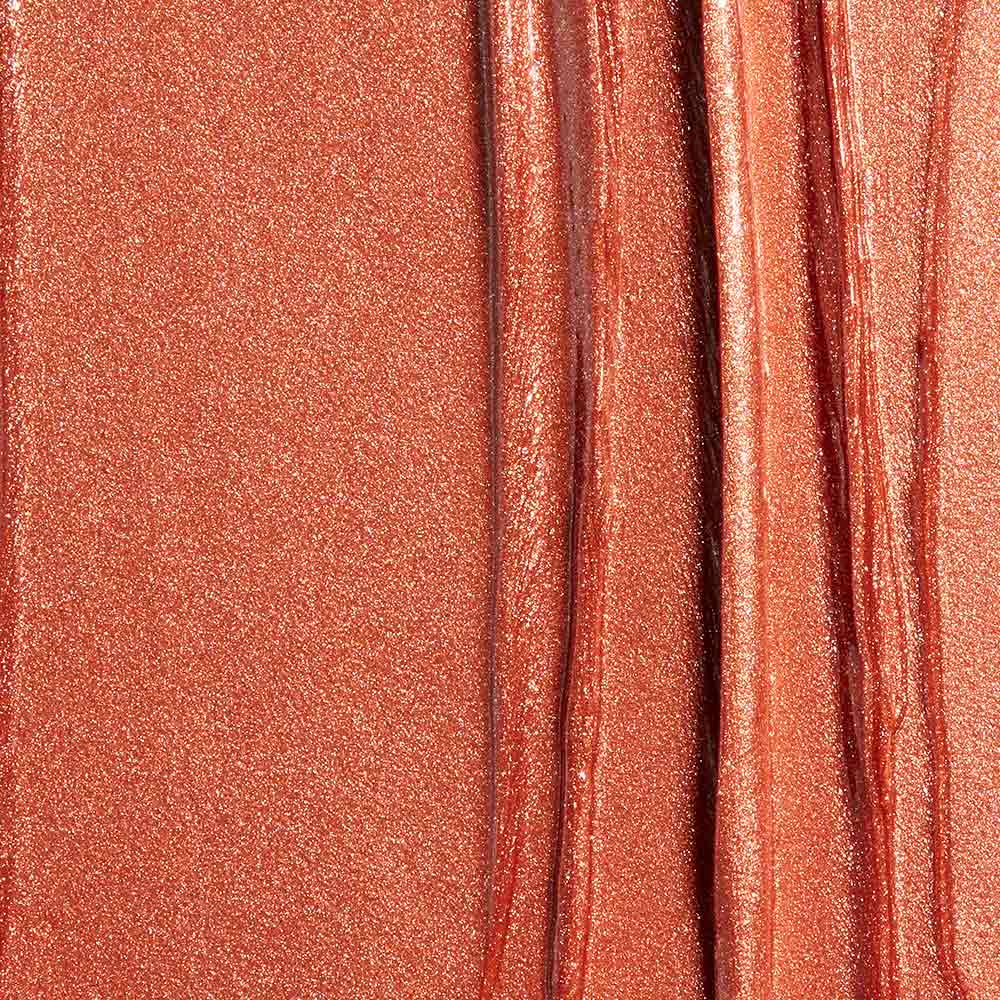 11 shades
11 shades